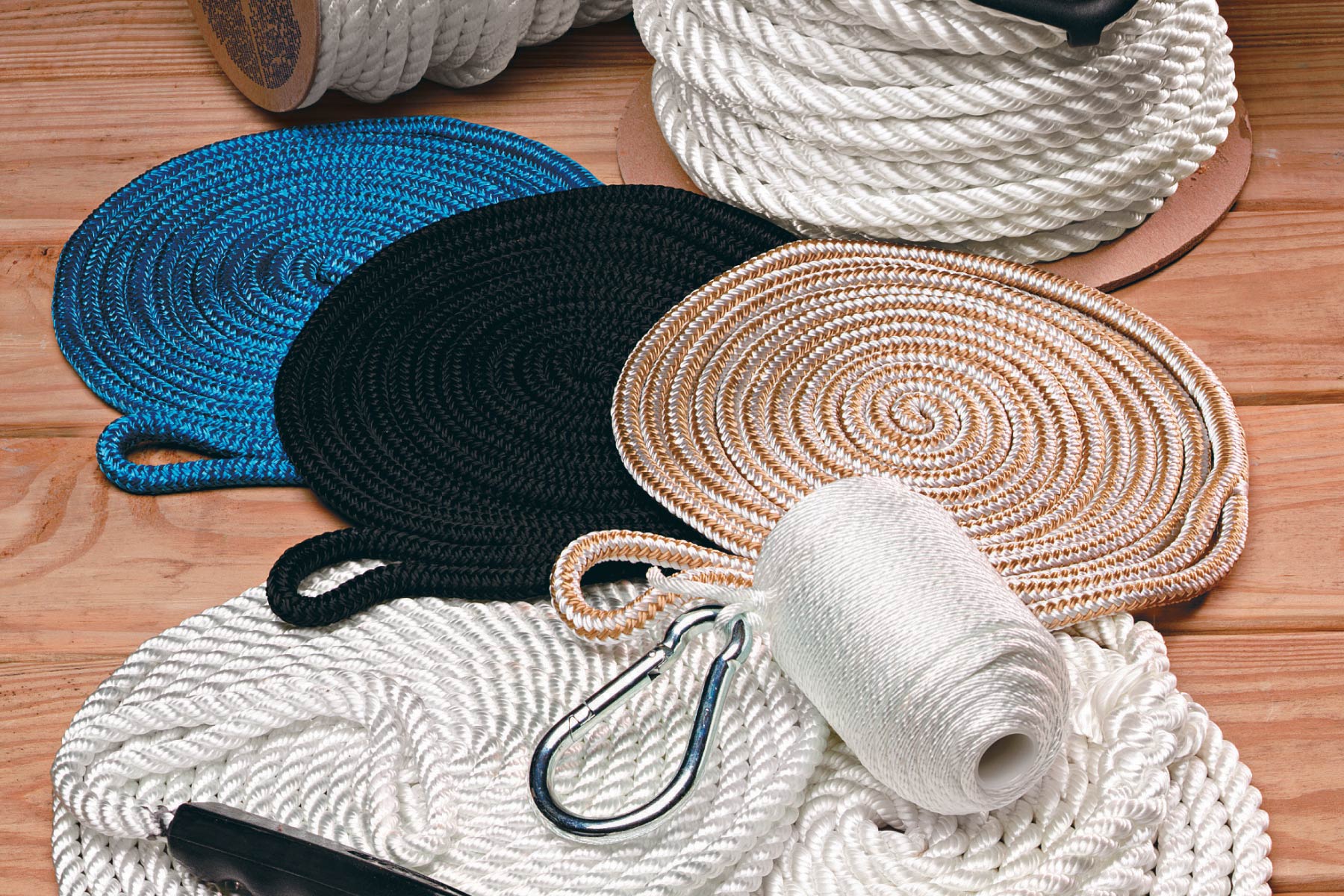Does your boat have an anchor? If so, is it of sufficient size and strength to hold your boat in place? Believe it or not, many boat owners decide on which anchor to buy based on convenience and storage space, but there is more to choosing an anchor than how handily it stores in the boat.
Anchors come in a variety of shapes and sizes, just like the boats they anchor. The reason why there are so many choices comes down to the weather, type of boat and size, as well as the bottom conditions where the anchor will be used.
Don’t be the guy who digs out the anchor from the storage compartment, tosses it overboard and discovers that it’s too small to hold the boat during an afternoon swim. Before you go, read a little further to understand what you need to know when buying a boat anchor.
Holding Power
It might make sense to choose an anchor based on the weight of the boat. However, anchors are rated by their holding power, or the amount of pull force the anchor must withstand to hold the boat in place. Holding power is formulated based on environmental factors, like wind speed. As a general rule, a holding power of 90 pounds is sufficient for safely anchoring a 20' boat in winds up to 20 mph. For the same wind speed a holding power of 125 pounds is adequate for a 25' boat. This is why anchors that rely strictly on their weight—such as a space-saving, plastic coated 10-pound mushroom anchor—are only capable of generating more than twice their weight in holding power. A 20' fiberglass bass boat using a 20-pound anchor will always drag if design is the only buying consideration.
Anchor Weight
Bigger is better when choosing anchor weight. You won’t need as much for holding the boat in a quiet cove, but you will need much more weight for an emergency situation in the wind. You can also carry two anchors of differing weights. A smaller “lunch hook” is adequate for short anchorages in calm water when you will be keeping watch on the anchor. You’ll also want to have a larger “working anchor” for overnight trips or when going ashore in gusty winds. Using two differing anchor styles can also be beneficial, especially with high-profile boats like pontoons.
Bottom Conditions
Holding power and weight are only as good as the anchor’s ability to penetrate the bottom. Anchors easily penetrate hard sand bottoms, which offer consistent holding power. You get less in mud, which the anchor must penetrate to reach a harder secondary bottom material. Anchor weight is more important than design in difficult grassy bottoms.










